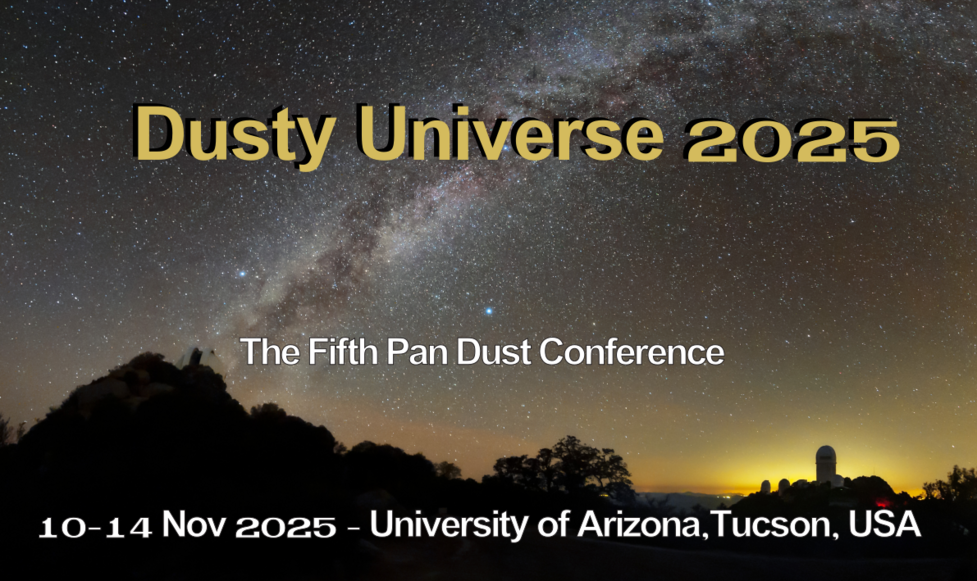Observationally investigating dust grain properties in the interstellar and circumgalactic media of distant, normally-star-forming galaxies is challenging, since such particles cannot be detected in emission. However, by studying these dust grains in absorption along the spectral sightlines to physically-unrelated, background quasars, it is possible to investigate variations in dust grain properties from system-to-system and, now for the first time using the high spatial resolution and sensitivity of the JWST MIRI MRS, within an individual galaxy. We present an investigation of spatial variations in dust grain properties within a face-on, z~1 spiral galaxy using a gravitationally-lensed, doubly-imaged background quasar, whose sightlines separately probe the dense and diffuse ISM within the spiral disk. We strongly detect the 10-micron silicate dust absorption feature in both the dense and diffuse sightlines, with differing strengths, and discuss constraints on grain mineralogical properties such as chemical composition and grain crystallinity. We compare the derived silicate dust grain properties with those found in other moderate-redshift (i.e., z~1) galaxies, some with diverse morphologies and impact parameters, which have been investigated with the Spitzer IRS and/or JWST MIRI MRS spectrographs. We also discuss our detections of a multitude of strong interstellar ice features (e.g., H2O, CO, CO2 and OCN-/XCN) in the dense ISM sightline, such as are seen in some Galactic young stellar sources; we contextualize with published measurements of the many molecules detected in absorption in the mm/sub-mm region for this source. We additionally discuss the results of our search for carbonaceous spectral features in our MIRI MRS dense and diffuse sightline spectra such as the 3.4-micron aliphatic and the 6.2-micron olefinic/aromatic hydrocarbon features (which have been seen in JWST MIRI spectra for some diffuse Galactic ISM sightlines) as well as for PAH features. We acknowledge support from STScI grants for JWST-GO-02441 and JWST-GO-02155.

|
|
|
|
An Investigation of the Variations of Silicate Dust Grain and Ice Properties Between the Dense and Diffuse Interstellar Medium at z~1
1 : Georgia Southern University
2 : University of South Carolina
|
 PDF version
PDF version
